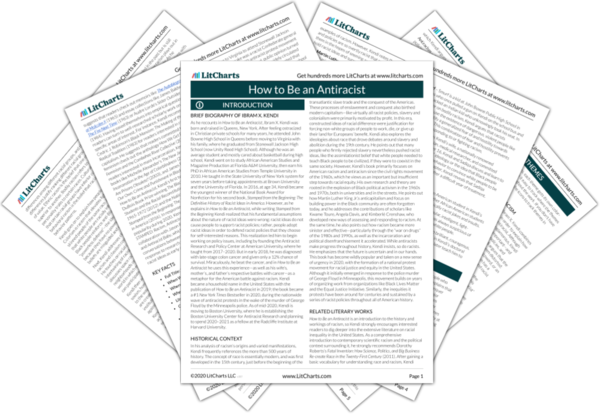The whole time and ’s were fighting , Kendi was working on
Stamped from the Beginning, which meant sifting through an endless pile of ideas. Although he became a professor because he thought that knowledge could solve racism, he realized that racist ideas are really about defending racist policies, the real drivers of inequity. Just like it’s impossible to treat cancer by focusing just on the outward symptoms, he realized, it’s impossible to solve racism by only responding to hate and ignorance. After publishing his book and going on a lecture tour, Kendi decided to start focusing his research on policy. He founded the Antiracist Research and Policy Center at American University, where he hoped to build research teams to understand and propose alternatives to racist policies.


